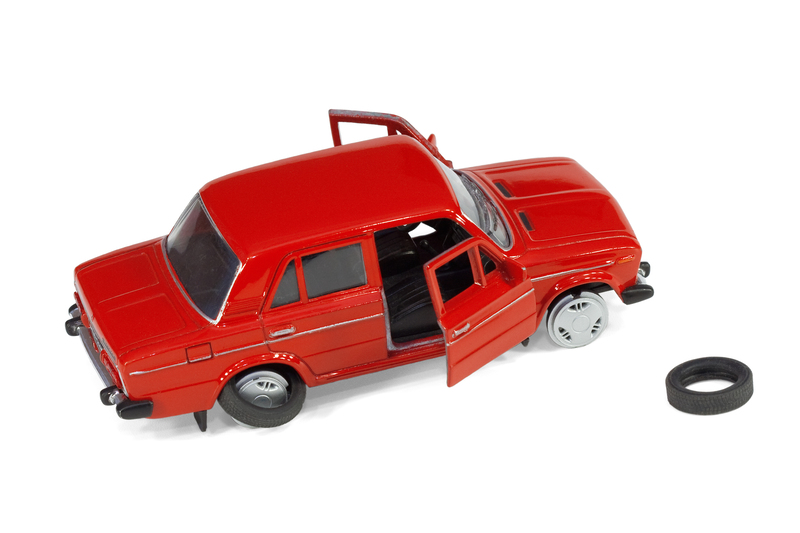The Complete Approach to Safe PPE Waste Management
Personal Protective Equipment (PPE) has become a mainstay in numerous industries, most notably during global health crises like the Covid-19 pandemic. While PPE such as masks, gloves, gowns, and shields protect individuals from exposure to hazardous substances, their widespread use has led to a surge in waste. To foster environmental safety and public health, safe PPE waste management is more important than ever.
Introduction to PPE Waste
PPE, designed for single use or limited reuse, comprises materials like plastics, rubber, and synthetic fibers, which are non-biodegradable. The improper disposal of PPE waste poses not only environmental risks but also health hazards. The complete approach to safe PPE waste management involves best practices from collection to final disposal, education, and regulatory compliance.
Understanding the Importance of PPE Waste Management
- Environmental Impact: PPE waste contributes to land and marine pollution. Single-use items often end up in water bodies, harming aquatic life.
- Public Health Risk: Used PPE may carry pathogens. Improper handling and disposal can spread infections to waste workers and the community.
- Legal Compliance: Many regions enforce strict regulations concerning medical and PPE waste handling.

Main Principles of Effective PPE Waste Management
Safe PPE waste management is guided by specific principles to ensure maximum safety and minimal environmental impact. Organizations and individuals should follow these fundamental steps:
- Segregation: Keep PPE waste separate from general waste.
- Containment: Use appropriate containers, color-coded and clearly labeled.
- Treatment: Apply suitable disinfection or decontamination methods.
- Transportation: Ensure safe transfer to designated facilities.
- Disposal: Use verified processes such as incineration or authorized landfills.
PPE Waste Classification
In the context of PPE waste disposal, different types require different handling:
- General Waste: Non-contaminated items, possibly recyclable.
- Infectious Waste: Items exposed to pathogens--must be handled with extra care.
- Hazardous Waste: PPE contaminated with chemicals or radioactive substances.
Proper separation at source is essential for effective PPE waste management strategies.
Step-by-Step Approach to Safe PPE Waste Management
1. Source Segregation and Collection
Segregating PPE waste at the point of generation minimizes contamination risks. Typically, yellow bags or bins mark the disposal of medical or infectious PPE waste. Organizations should train employees to discard used PPE correctly, using:
- Clearly labeled bins for different types of PPE
- No-touch pedal-operated bins to reduce contact
- Regular collection and monitoring schedules
2. Safe Storage
Safe PPE waste storage involves secure, leak-proof containers stored in designated areas. Storage sites should:
- Be inaccessible to unauthorized personnel
- Prevent leakages, spills, or pest access
- Have clear signage and sufficient capacity
3. Handling and Transportation
Handling PPE waste necessitates protective gear for workers and careful packaging. Transport vehicles should be sealed, and routes must avoid high-traffic or vulnerable areas when possible.
- Use of PPE by waste handlers
- Regular disinfection of transport bins and vehicles
- Record-keeping for traceability
4. Treatment Methods
Effective PPE waste treatment reduces pathogen risks before final disposal. Common treatments include:
- Autoclaving: Steam sterilization eliminates biological hazards.
- Microwave treatments: Disinfects by moist heat.
- Chemical disinfection: Submerging in approved disinfectants.
- Incineration: High temperatures destroy pathogens and reduce volume.
5. Final Disposal
The safe final disposal of PPE waste may involve:
- Disposal in licensed hazardous-waste landfills
- High-temperature incinerators with pollution controls
- Potential for recycling under controlled conditions, especially for non-infectious items
Best Practices for Individuals and Organizations
Both individuals and organizations have a role in improving PPE waste management:
- Educate: All users should receive guidance on safe disposal methods.
- Label: All waste containers must be clearly marked for PPE.
- Report: Any spills or mishandling should be reported and cleaned up immediately.
- Comply: Follow local and international regulations rigorously.
Never dispose of PPE waste with regular trash! This endangers sanitation workers and the environment.
PPE Waste Management in Healthcare Facilities
Healthcare settings generate the largest proportion of PPE waste, making safe practices critical:
- Implement color-coded segregation systems
- Train all staff, from doctors to cleaning teams
- Strict protocols for cleaning, storing, and transporting waste
- Regular audits and updates to waste management policies
Environmental Impact of Unsafe PPE Waste Disposal
PPE waste, predominantly plastic-based, poses serious environmental risks:
- Non-biodegradable waste accumulates in landfills and natural habitats
- Microplastics from degraded PPE infiltrate water sources
- Animals may ingest or become entangled in improperly discarded PPE
Proper PPE waste management ensures we do not replace one public health crisis with another environmental one.
Innovative Solutions for PPE Waste Reduction and Recycling
The future of PPE waste management lies in innovation. Recent developments include:
- Reusable PPE: Widespread adoption of washable gowns, masks, and shields.
- PPE Recycling Programs: Specialized facilities now recycle plastics from masks and gowns into raw materials.
- Biodegradable PPE: Research into compostable materials like bamboo or cornstarch-based polymers.
Innovation and sustainability must go hand-in-hand with public safety. Always follow guidance from health and environmental authorities before implementing new solutions.
Regulatory Guidelines: Local and International Recommendations
Various agencies provide regulations and recommendations for PPE waste disposal:
- World Health Organization (WHO): Offers best practices for medical and PPE waste during epidemics.
- Environmental Protection Agencies (EPA): National standards for waste handling and environmental safety.
- OSHA: Guidelines for occupational safety, including waste handler protection.
Regularly review updates to regulations to ensure ongoing legal compliance and avoid fines or operations shutdown.
Handling PPE Waste During Epidemics and Pandemics
PPE waste surges during health crises. A complete approach to PPE waste management under such strains includes:
- Increasing waste collection frequency
- Scaling up storage and treatment capacities
- Raising public and worker awareness of risks and protocols
Governments may mandate special emergency protocols, so be prepared to adapt quickly.
Training and Awareness for Safe PPE Waste Management
Ongoing training ensures all staff and users are informed of current protocols and best practices. Essential topics include:
- How to properly don and doff PPE to avoid contamination
- Correct segregation and disposal procedures
- Reporting and responding to exposure incidents
Clear communication and visual guides in multiple languages can help ensure compliance across diverse workforces.
Challenges in PPE Waste Management and Solutions
Obstacles to effective PPE waste disposal include:
- Lack of awareness or training
- Insufficient resources for safe containment and disposal
- Resistance to new protocols
Solutions rely on a combined approach:
- Allocating adequate funding and supplies
- Continuous staff education and engagement
- Leveraging public-private partnerships for improved infrastructure

Frequently Asked Questions (FAQ) on PPE Waste Management
- Is it possible to recycle PPE waste?
Some non-contaminated PPE can be recycled by specialized facilities; however, infectious or hazardous PPE must be thoroughly treated before any recycling is considered. - Why is PPE waste dangerous?
PPE may carry infectious agents, chemicals, or microplastics--posing a risk to both healthcare workers and the environment. - What should the public do with household PPE like masks or gloves?
Follow local guidance--often, household PPE should be double-bagged and placed in designated waste bins.
Conclusion: Building a Safer, Greener Future
An effective and comprehensive approach to PPE waste management protects public health, supports environmental sustainability, and meets regulatory standards. By understanding risks, following best practices, and embracing innovative solutions, individuals and organizations alike can ensure PPE continues to serve as a shield against hazards--without becoming a threat itself.
Adopt stringent PPE waste management strategies today for a safer workplace and a cleaner world tomorrow!
